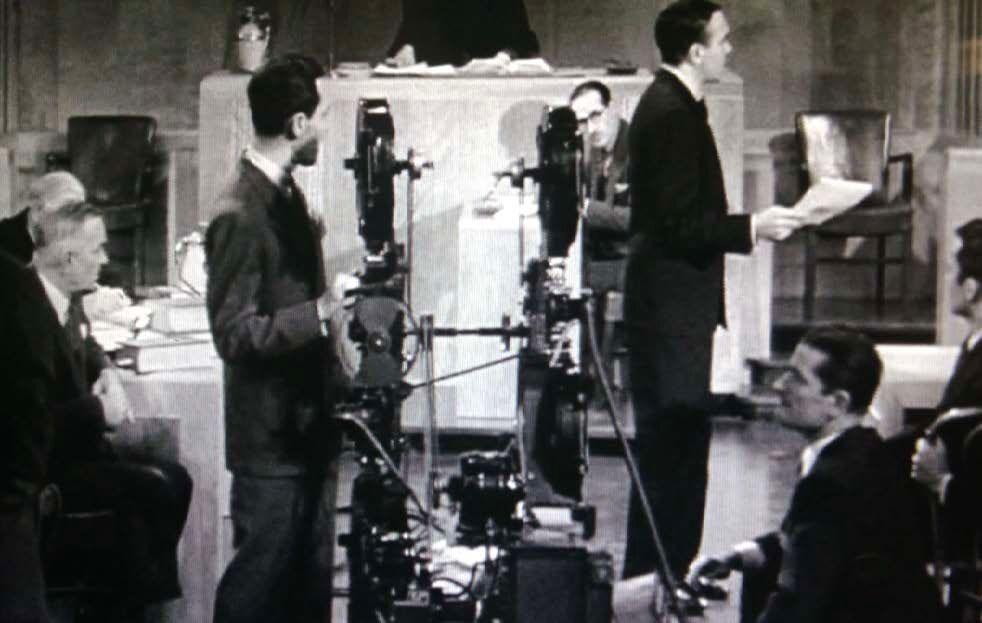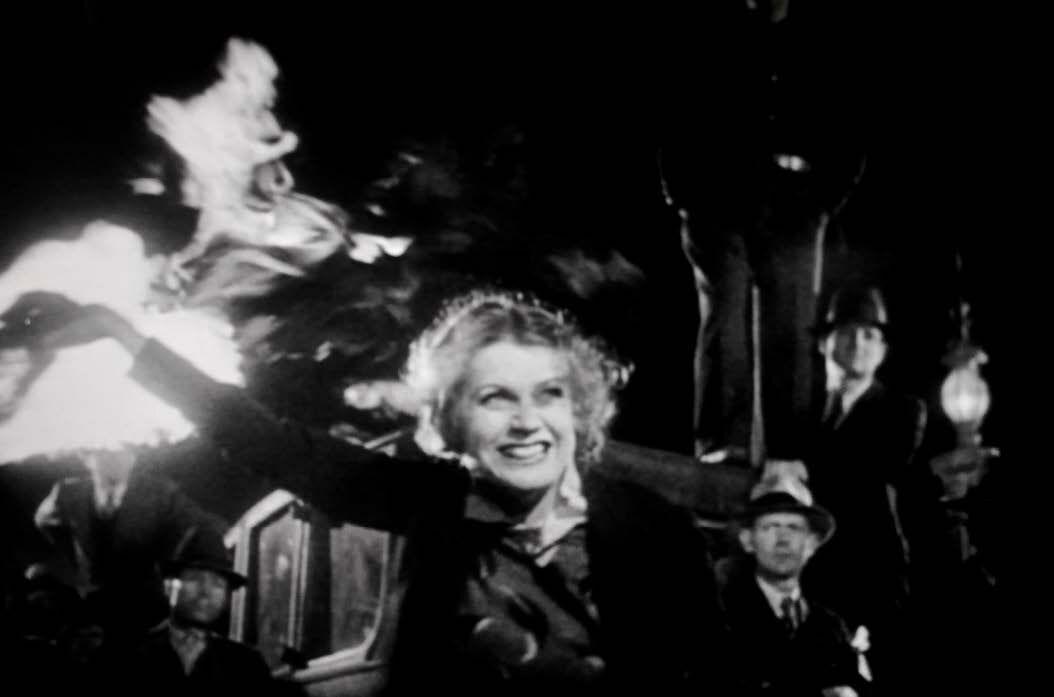The Media of Influence
Gertrud Koch
Reading or visualizing the term “influence” as metaphor invokes the etymological substrate that influenced the term “influence.” The word comes from the Latin “influere” and originally meant flowing into something in a literal sense; but in late antiquity it was also an astrological term—“influxus stellarum”—and pointed to the influence that constellations of stars have on human fate. Influence in these historical terms referred to a strong, even fatalistic causality, like a fate or destiny that extends from an order of things higher than human action. Later, “influence” retained a double meaning of: (1) a strong physical causality of effects that ranked causes resulting in effects (influentia naturalis) and (2) the idea of an occult explanation for a divine and/or ungraspable origin (influentia supranaturalis). There still remained a difference between these terms until the eighteenth century: the physical term stood side by side with the occult meaning that became so ubiquitous in theories of conspiracy, assumptions of a “deep state,” etc. While the influence of a hammer blow on a human body may be measurable in forensic disciplines as a physical causal effect, it becomes less clear when we ask about the influences that the media of symbolic communication have on the human mind and the social body of a society and culture. The more we travel from physical, material bodies to those mind-embedded bodies we are, we realize that we are influenced both by shifting symbols and by interactions with beings. The strict material causal link is missing here, and the field seems open for all kinds of theories of influence tending towards conspiracy.
Reading or visualizing the term “influence” more in the sense of flowing allows for another insight: a notion of influence that is a quantifier instead of a qualifier. In terms of quality, it may always be the same kind of water that flows from one stream into another, but by doing so it forms a stronger stream that may possess the quality to erode the banks of the stream itself. In the latter case, influence is not something occult that infects a white page but a force that works over sameness. What is enforced is reinforced, it strengthens and multiplies instances of the same kind. In this context, influence would be different from coercion insofar as influence relies on the latent similarity between the influence and the influenced: like persuasion or seduction, it is based on an interaction, a system of responses and resonances that makes it possible to be influenced by something or somebody.
In Fritz Lang’s Fury (USA, 1936) a lynch mob tries to set a building on fire in order to kill a suspected murderer, who of course later proves to be innocent. In the trial that follows evidence is needed to determine who participated in the lynching. The newsreel is projected in the courtroom and each of the good citizens is identifiable swinging torches, impeding fire fighters, etc. A woman who is seen throwing torches into the building with an ecstatic impression on her agitated face, collapses upon seeing herself onscreen and screams: “That’s not true!” Similar reactions were to be seen after 1945 in Germany when people defended themselves as having been under the “influence” of an authoritarian regime and the charismatic Führer and therefore were not responsible for any atrocities that happened. A comedian would later go on to title his one-man show “It wasn’t me, it was Adolf Hitler who did it.” 1

Court room projection in Fury (Fritz Lang, 1936)

Lang’s montage of this sequence is multilayered. At one point the screen on which the newsreel is projected fills the entire frame, and at this moment Lang forces the public of his own film to confront the split identity of the ecstatic face of violent pleasure and the moral rejection of the violent act as a possible image of oneself. At this point, the film develops a second level on which media are introduced as a distorted mirror that shows pleasure, desire, and denial in an interactive process of recognition, identification, and a rejection of the seen as the “untrue.” The ambivalence of a relationship to a medium that gives us complex images of the self and at the same time evokes passion and repulsion underlines most discourses about the influence of media—a subject that remains mostly opaque and becomes in itself an object of empirical research and anxieties. It is not too farfetched to suggest that many media discourses on influence bear stunning similarities to patterns of paranoia. The source of the influence seems blurred, the paths taken clandestine, and the motives are not open but whispered with many voices in the ear of the media consumer. The image of this consumer resembles the young women who is sat by her window after midnight, waiting for the vampire Nosferatu to bite her— an image of the masochistic pleasure of being penetrated by an unknown power that nevertheless has been very clearly foreseen. As in most instances in which a paranoid phantasm appears, the voices that enter the head are imagined as coming from the outside of subject and are not recognized as creatures of the subject’s own invention. In many of the scenarios in contemporary disputes over the manipulative influence of the Russians, the GOP, the Secret Service and various other agents of persuasion, the strategy of blurring the interactivity in influencing a shortcut is taken. Instead of asking the question of why people let themselves be influenced despite their superior understanding, there seems to be a need to attribute to the influencing agents the absolute power of successfully invading the minds of their targets. Misunderstanding this scenario in this sense as a single-channel-communication fails to grasp the chance of learning more about those supposedly influenced in terms. Studies have shown that neither Berlusconi voters, not Trump voters, nor those who supported Brexit actually believed what was told to them about the material advantages that specific electoral outcomes would yield; rather they identified with a gesture of (white) male power.
The lust for apocalyptic scenarios swelled the rhetoric of the Prophets of Deceit—the title of a study undertaken by scholars from the Frankfurt School in exile, in which they analyzed the speeches of American agitators in comparison to National Socialist propaganda. 2 The assumption is that the agitator is not heard because the audience thinks him telling the truth or offering a program in what are, of course, incoherent and often empty speeches. “What the listener heard” is the subconscious meaning of words, and the listener understands it as an invitation: “If you follow me, you will ally yourself with force, with might and power—the weapons that ultimately decide all disagreements.” 3 Influence here, again, is different from sheer manipulation; it is a rather a mode of making manipulation successful, and it only becomes successful if it appeals to a shared stream of (un)conscious wishes and dispositions. We learn as much about the speaker as about the listener from these communications.
A more complex set of interactions is at stake when it comes to the question of influence through aesthetic artefacts and works of fiction that do not make the same truth claims as forms of assertive speech or writing. In the realm of art, the question is not about leadership and power but about a more subtle interaction with texts and objects that have the power to change the reader or spectator’s imagination and their understanding of things. In The Anxiety of Influence, Harold Bloom defines influence not as a positive authorial move from one author to another but as the anxious result of a strong and idiosyncratic reading that is underlined by the anxiety regarding the uncontrollable effects of a text and not of an author, an influence that goes into the manner of perceiving things, of experiencing language and words. 4 Influence, therefore, happens in the process of reading: it creeps into language and becomes a constellation, a fate that opposes the wish to be the first to arrange it. The anxiety regarding influence is the anxiety of losing one’s own voice or position. It is linked with the return of the dead, the haunting of a spectre rather than the kissing of a muse by an immortal hero of poetry. Influence signals an ambivalent relationship that is built on uncanny sameness, mimesis unrequested—a stellar fate.
The metaphorical construction of the term “influence” points already to the affinity of substances that are enabled to flow into each other. Influence doesn’t chisel a new bust of the listener, viewer, or reader. Instead it engages them in an interaction with fears and hopes that have multiple sides: they can point to outside reasons as well as to inner imagery. If we are under influence, we are drawn into a system of communicating vessels where we are playing an active part even if and when we do not take our activity into account. Michael Baxandall argues in “Excursus against Influence” that the notion of influence used in art history to create an authoritarian chain of active influencing agents and passive recipients falls prey to an insufficiently complex notion of causality that serves the fabrication of a historical narrative. 5 The critique of the notion as (mis)used in art history points to the blurred question of authority versus autonomy that buried in the assumption of X having influence over Y. But it seems not entirely convincing when one looks for the metaphorical frame of the notion, one that suggests a double meaning: the authority of an interstellar fate that is inevitable on the one side, and the communicating model of a flow that links two substances in communicating vessels that are interdependent.
Notes
Gertrud Koch is Professor of Film Studies at Freie Universität Berlin. She has written extensively on Herbert Marcuse and Siegfried Kracauer, as well on feminist film theory and the representation of Jewish history. She is co-editor and advisory board member for journals including Babylon, Frauen und Film, October, Constellations and Philosophy & Social Criticism. Koch has also held Visiting Professorships at institutions including Columbia University, NYU, Washington University, at UIC, UPenn, the Getty Research Center in Los Angeles, and Paris III – Sorbonne Nouvelle.
Hermann van Harten has produced a cycle of dramas under the title “Ich bin’s nicht, Adolf Hitler ist es gewesen” (“It’s not me, Adolph Hitler is to blame”) in Berlin’s Freie Theateranstalten since 1984.
Leo Lowenthal and Norbert Guterman. Prophets of Deceit: A Study in the Techniques of the American Agitator (New York: Harper & Brothers, 1949). Available online at: www.ajcarchives.org/main.php?GroupingId=6530.
“Chapter Ten: What the Listener Heard”, in Prophets of Deceit. 142.
“Harold Bloom, The Anxiety of Influence: A Theory of Poetry (Oxford: Oxford University Press 1997 [1973]).
Michael Baxandall, ‘Excursus against Influence’ in Patterns of Intention: On the Historical Explanation of Pictures (New Haven: Yale University Press, 1985), 58-61.